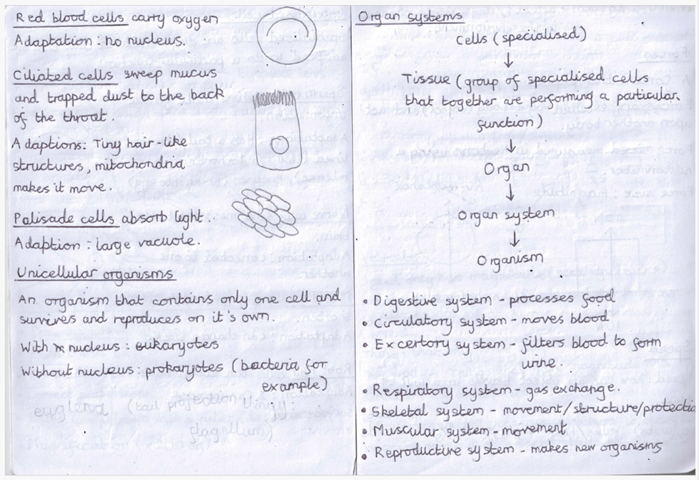Summarising Key Points
SUMMARISING KEY POINTS
What are summaries of key points?
Key points are condensed, concise summaries of lesson content (class notes and/or textbook content).
They can be used for preparation for future assessments such as end-of-topic tests, mock exams and external exams.
How to use summaries of notes effectively?
- Read through your class notes (or relevant pages in your textbook) and extract the key facts, definitions, equations or concepts.
- Write a fresh set of notes on A4 paper (or in your BBL notebook).
- DO NOT just copy your class notes word-for-word – this is a passive exercise and will not help you.
- Remember to keep your key notes safe, do not throw them away after your assessment. They will make a good revision resource for your future exams.
Top Tips for Getting the Most Out summaries of key points
- Write the key points regularly, ideally after each lesson or once per week. This will ensure that you keep it up to date and you are not overwhelmed at the end of they year (or end of the course) before your final exams. With the revision notes ready, you will have more time to complete past paper questions before your exams.
- Do not include too much detail, the notes should be used to prompt your memory of a particular topic during your revision.
- You can use highlighter, underline the most important facts, use diagrams and drawings, if it helps.
Why does summarising key points help you learn better?
- They significantly decrease the volume of notes you will need to use to revise.
- They will also substitute your textbook so it is easier to get a grip on all the exam content.
- If done in advance they will free your time to focus on exam practice, such as past papers
Example of Year 7 summary notes from a BBL notebook

